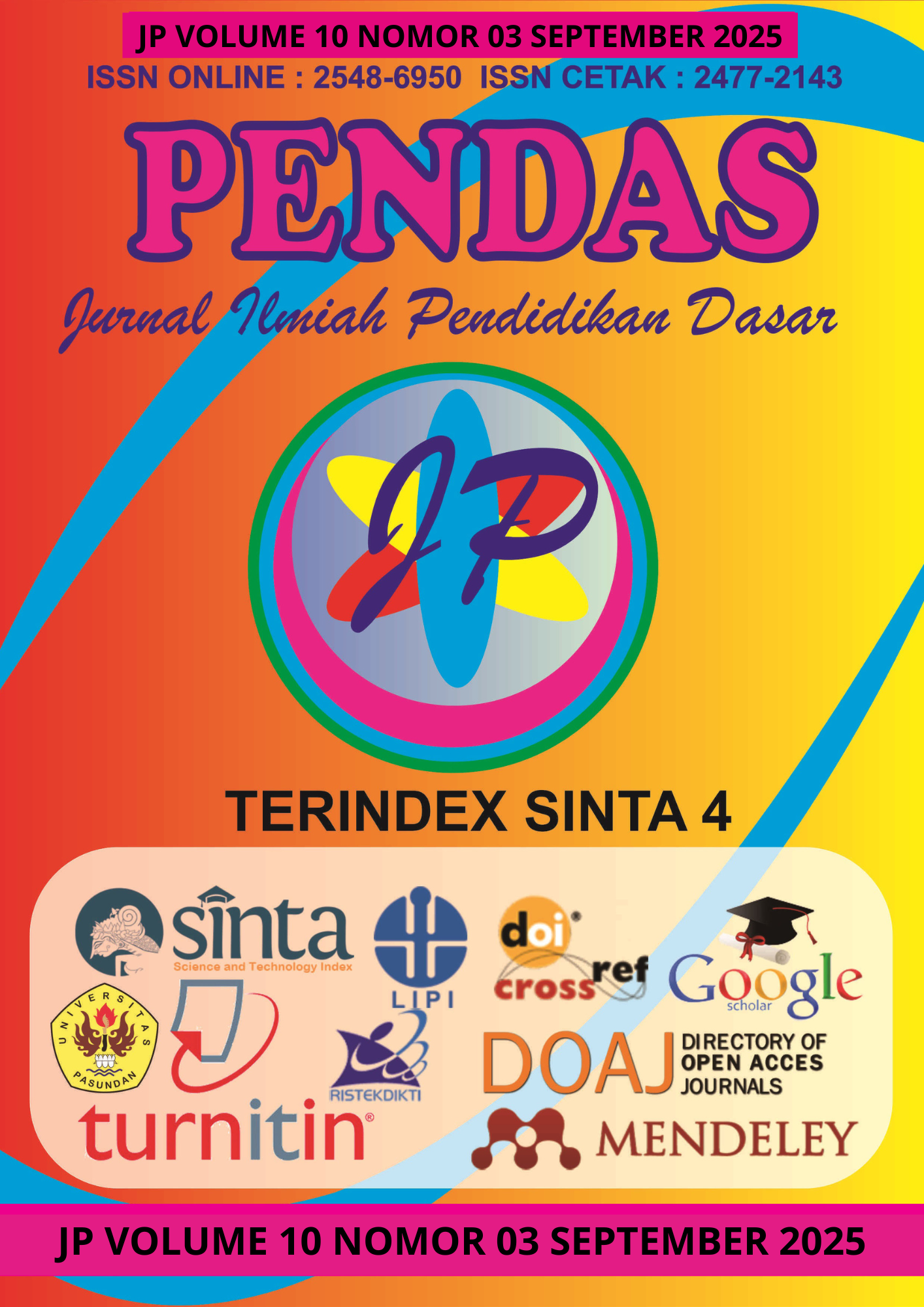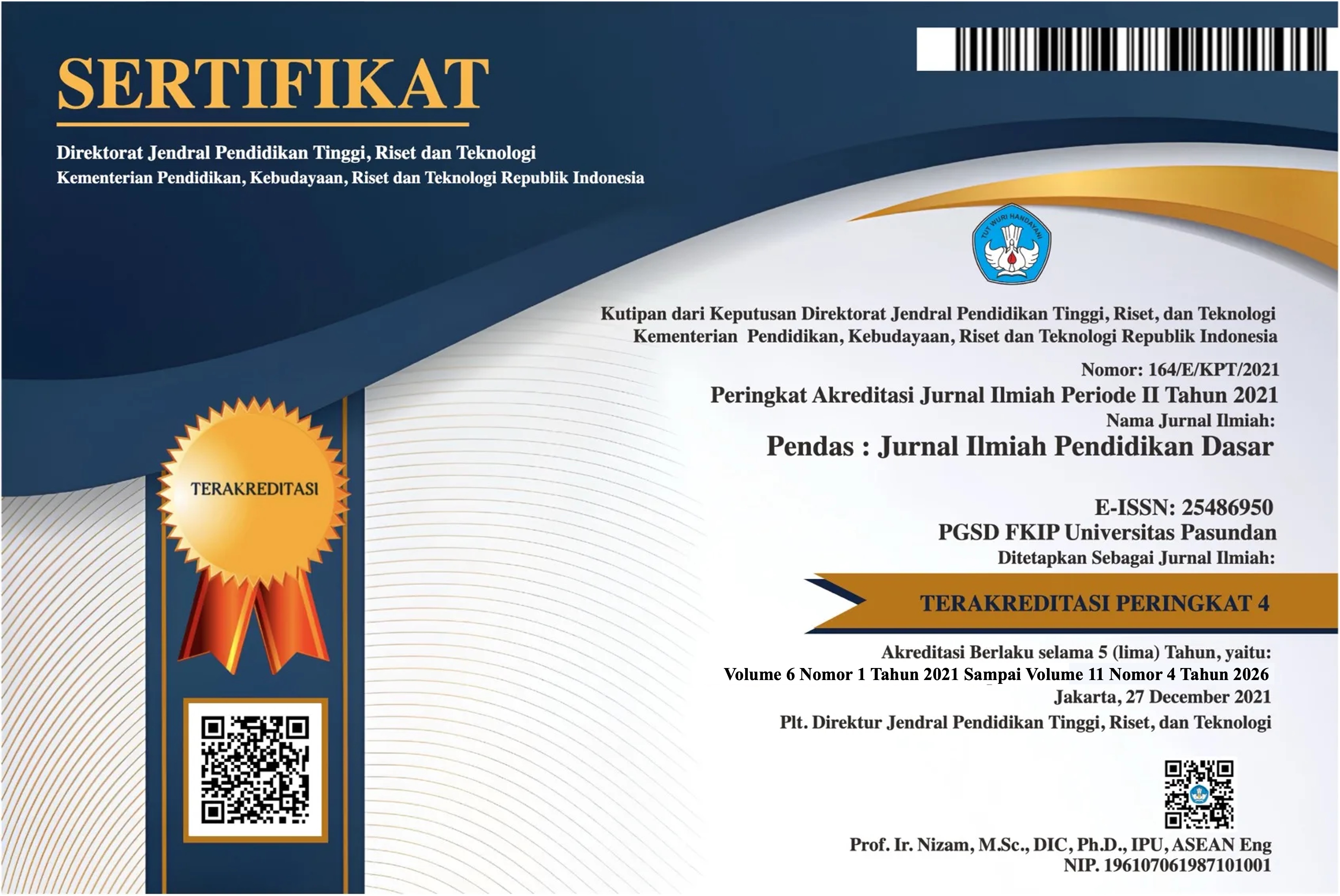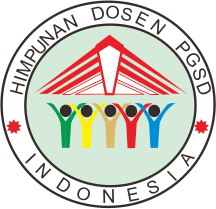ANALISIS FAKTOR FAKTOR PENYEBAB TIMBULNYA PERILAKU BULLYING PADA PESERTA DIDIK
DOI:
https://doi.org/10.23969/jp.v10i03.29237Keywords:
analysis of factors, bullying, studentsAbstract
This researcher examines family factors, peer factors, and media factors as causes of bullying in students of State Elementary School 42 Palembang. The aim is to determine the extent to which family factors, peer factors, and media factors cause bullying behavior in students. The benefits of this study are to help schools in overcoming cases of bullying that occur in students in terms of the causal factors. The research method uses a qualitative method, and the type of research used is a case study. The researcher collected data using interview, observation and documentation techniques. The informants were students who had been perpetrators of bullying, the principal, guidance and counseling teachers, and homeroom teachers. The results of the study showed that: (1) family factors are the cause of bullying behavior in students, because the family is less harmonious, not intact (parents died or divorced), the socialization process is not perfect from their families, communication is not smooth between parents and children. (2) peer factors are the cause of bullying behavior in students, because the high intensity of communication between peers allows these students to be incited by their friends who are negatively oriented. (3) media factors are the cause of bullying behavior in students, due to the misuse of social media as a medium for bullying.
Downloads
References
Ahmed, Z. (2014). Effect of Brand trust and Customer Satisfaction on Brand loyalti in Bahalpur. Journal of Sociological Research
Herawati, N., & Deharnita. (2019). Gambaran faktor-faktor penyebab terjadinya perilaku bullying pada anak . NERS: Jurnal Keperawatan,15,60-66.
Junindra, A., Fitri, H., Murni, I., Ilmu Pendidikan, F., & Negeri Padang,
U. (2022). Peran Guru terhadap Perilaku Bullying di Sekolah Dasar. Jurnal Pendidikan Tambusai, 6(2), 11134.
https://jptam.org/index.php/jptam/ article/view/4204
Lestari, Sri. (2012). Psikologi Keluarga Penanaman Nilai dan Penenangan konflik Dalam Keluarga. Jakarta: Kencana
Nusantara, A. (2008). Mengatasi kekerasan di sekolah dan lingkungan sekitar anak. Jakarta : PT. Grasindo
Naning. (2017). Intensitas penggunaan sosial media dengan perilaku bullying (Skripsi). Yogyakarta : Universitas Keperawatan UGM.
Rilla, E.V. (2018). Hubungan bullying dengan konsep diri remaja . health sciens journal . vol 09. no. 02 desember 2018.
Sukmadinata, ( 2013). Metode Penelitian Pendidikan : PT Remaja Rosdakarya.
Setiadi, E. M.,& Kolip, U. (2011). Pengantar sosiologi: pemahaman fakta dan gejala permasalahan sosial: teori, applikasi dan pemecahannya. kencana
Soetjiningsih,(2012). Perkembangan Anak dan Permasalahan dalam Buku Ajar I Ilmu perkembangan Anak Dan Remaja. jakarta: Sagungseto
Suprihatin, S.H (2009). Pengaruh intensitas menonton tayangan kekerasan di televisi dan intensitas pemberian hukuman dengan perilaku bullying (Skripsi).
Surakarta : Universitas Muhamdiyah Surakarta.
Tawalajun, A. E., Kundre, R.,& Rompas, S. ( 2018 ) Hubungan Bullying Dengan Kepercayaan Diri Pada Remaja Di SMP Negeri 10 Manado. Program Study Ilmu Keperawatan,Fakultas Ilmu Kedokteran , Universitas Sam Ratulangi Manado.
Tumon, M. B A. (2014). Stufi deskriptip perilaku bullying pada remaja. CALYPTRA, 3(1), 1-17.
Wahyuni, S. (2011) . Asuhan Neonatus , Bayi Dan Balita, jakarta: EGC.
Wiyani, N. A. (2012). Save our children from school bullying. Yogyakarta: Ar-Rus Media
Zakiyah, E. Z,. Humaedi. S.,& Santoso
, M. B. ( 2017 ) . Faktor yang Mempengaruhi Remaja dalam Melakukan bullying . jurnal FISIP. Vol . 4 (2):283
Downloads
Published
Issue
Section
License
Copyright (c) 2025 Pendas : Jurnal Ilmiah Pendidikan Dasar

This work is licensed under a Creative Commons Attribution 4.0 International License.



















